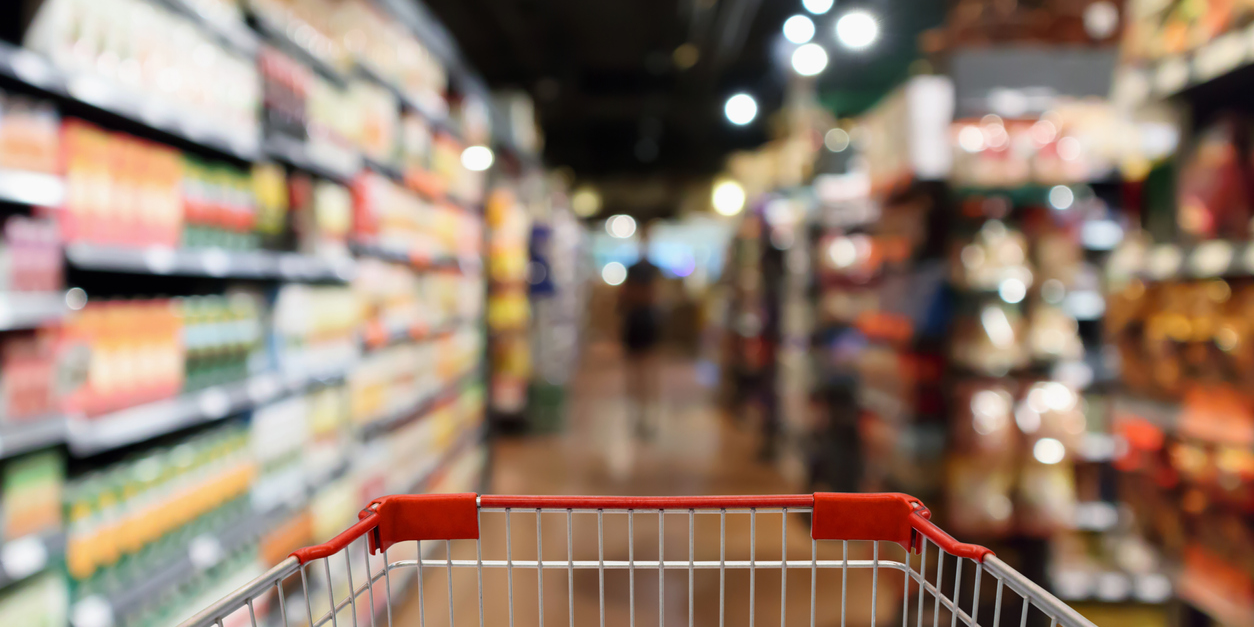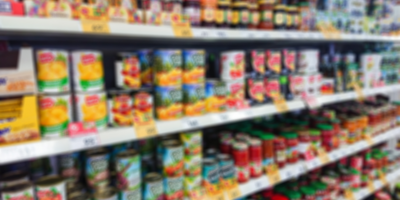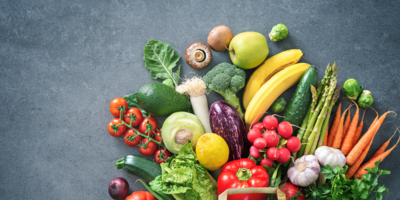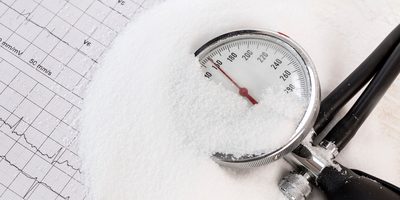
Supermarket home brands could be key to lowering salt intakes in Australia
With the government’s recent release of sodium targets as part of its Healthy Food Partnership reformulation program, new research from The George Institute finds that packaged foods from supermarket retailers were the highest contributors to household sodium purchases.
As a result, just a few key companies could make a considerable contribution to reducing population sodium intakes by reducing the amount of sodium in their private-label, or ‘home brand’ products.
Lead author, PhD Candidate and Accredited Practising Dietitian (APD) Daisy Coyle said that prior to this study the contribution of individual food companies and different product categories to sodium purchases by Australian households was unknown.
“Success of the government’s reformulation program will be dependent on food companies complying with the targets. Our research has pinpointed which food categories would deliver the most population-wide benefits if their sodium content was reduced,” she said.
Daisy and her colleagues used grocery purchase data to look at the amount of sodium purchased from all packaged foods and beverages (which contributes to the majority of dietary sodium) made by Australian households in 2018.
They found that across a total of 1,329 food companies that sell packaged foods and beverages in Australia – the top ten companies contributed to 58 percent of all sodium purchased. The top three companies were supermarket retailers, each contributing to 12-15 percent of total sodium purchases.
“The reason these supermarkets account for such a large proportion of sodium purchases is due to the large volume of their home brand foods that Australians buy when they shop - particularly processed meat, cheese and bread - not because their products are saltier,” said Daisy.
Just ten food categories accounted for 73 percent of all sodium purchased from packaged foods and beverages, particularly processed meat (14 percent), bread (12 percent) and sauces (11 percent).
The Institute’s Program Head of Nutrition Science, Dr Jason Wu said the data highlighted opportunities to do better.
“While the Healthy Food Partnership has sodium reformulation targets for six of the top ten food categories, it doesn’t have targets for four of the top ten, for example pickled vegetables, edible oils such as butter and margarine, and spreads and dips,” he said.
“We’re lagging behind the UK government, which has already set sodium targets for three of these four categories - except for milk, for which it is difficult to reduce the sodium content.”
The research also looked at sodium purchased by income and found that low-income households purchase significantly more sodium from packaged products than high-income households.
“Our findings suggest that if sodium reformulation targets are met for certain categories of packaged products, and perhaps extended to a wider range of foods, this will likely have the biggest impact on the most disadvantage households in Australia who experience the greatest health inequalities,” added Daisy.








